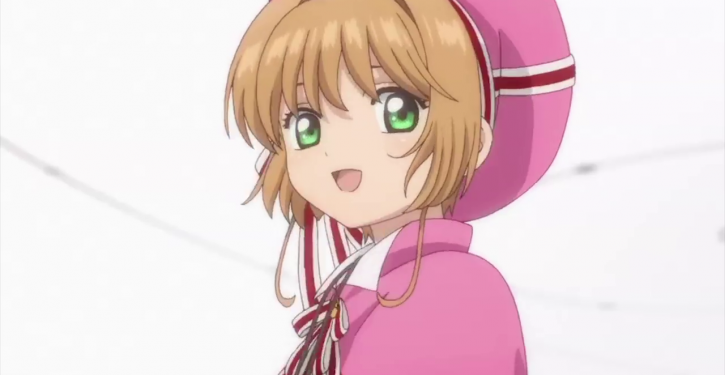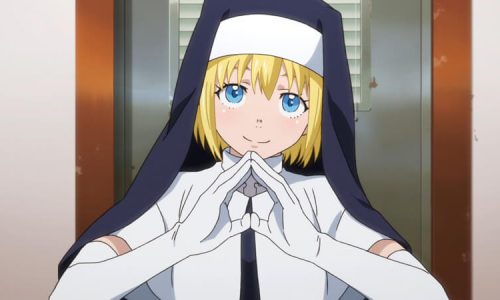In recent years, a number of decades-old anime titles have been making a comeback for the next generation. Here, we’ll take a look at 4 such items, where the old meets the new in interesting ways.
DEVILMAN crybaby
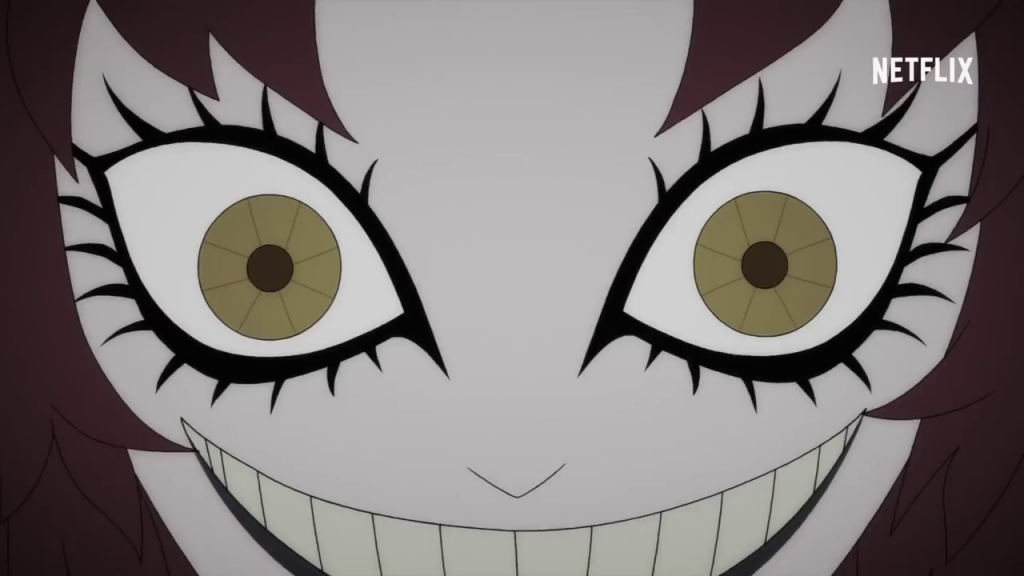
All Rights Reserved. No Reproduction or Republication without Written Permission. ©Go Nagai-Devilman Crybaby Project
The newest adaptation of Go Nagai’s highly influential and controversial Devilman series, this 10-episode title delivers a dark story heavy with the shameless amounts of violence, gore, and sex that grew to become the source work’s trademark when it was first published in 1972.
Our protagonist is Akira Fudo, a soft, unimpressive high school student with an odd habit of crying in the presence of unfortunate situations, even if he wasn’t directly inconvenienced by them. In stark contrast to his character stands his best friend, Ryou Asuka, a mysterious youth clad all in white, who, upon returning from a long absence, then reveals a pressing problem to Akira―the demons, an ancient life-form capable of possessing other organisms, have risen from their dormant state and are plotting to reclaim the earth from humans. Believing that humans have no chance of winning against these violent, powerful, and merciless monsters, Ryou comes up with a daring plan: they would have a demon attempt to possess Akira, but he would use the chance to overcome the demon and claim its powers for himself instead―putting him on equal footing with the other invading demons. It was the success of this plan that allowed Akira to become Devilman, a being with all the power of a demon, but the mind and heart of a human. Despite this hopeful beginning, however, the series quickly takes an unflinching nosedive into the grittier, bloodier end as it shows the new trials and tribulations Akira has to face as he struggles to process his new identity, his fear of losing his humanity to the demon he fused with, and the danger which his mere presence poses to his friends and family in a world that grew increasingly paranoid about the surfacing demonic threat.
Devilman has had many incarnations throughout it’s long history, spawning a previous anime adaptation, a novel, a movie, and multiple OVAs and crossovers. The contents are just as varied, ranging from straight highlights to extensive makeovers of parts from the original manga. This most recent adaptation brings new things to the table by giving the source a modern polish, most evidently visible in its updated visuals (and, of course, the introduction of more contemporary technology) while retaining the classic plot of its original, making it a perfect window for those looking for the opportunity to get acquainted or re-acquainted with the title. Along with the wild, unusual style of director Masaaki Yuasa, and the gratuitous, bordering-on-overdone eroticism and violence, it will likely leave new viewers wondering what exactly they’ve just seen from the get-go, but for those searching for something a little different from the usual fare, it may be worth checking.
Cardcaptor Sakura Clear Card Hen
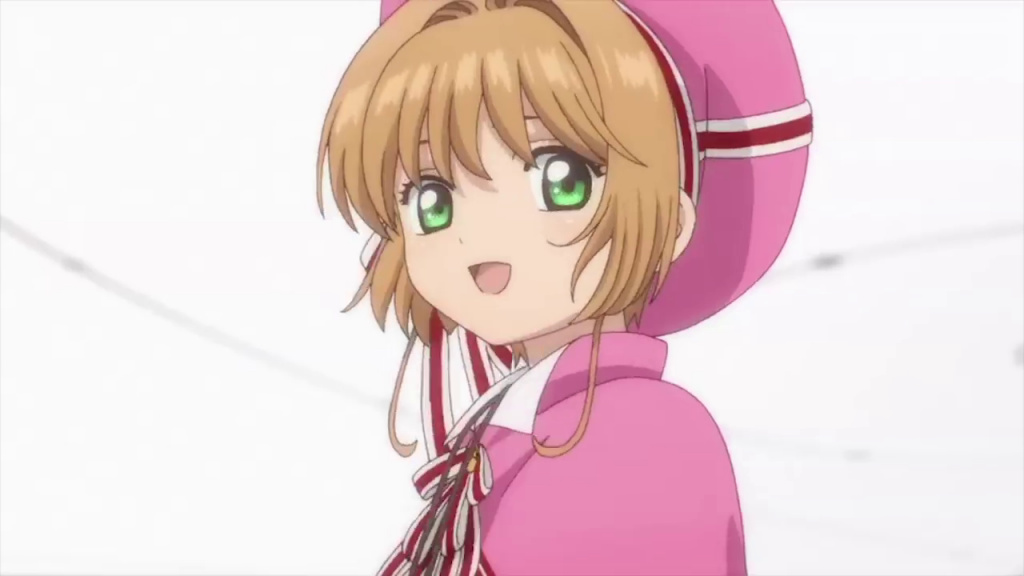
© CLAMP・ShigatsuTsuitachi CO.,LTD./講談社 © CLAMP・ST・講談社/NHK・NEP © CLAMP・ST/講談社・NEP・NHK
After nearly 20 years since the original run of this series, the insanely popular Cardcaptor Sakura is back with a third season. With the returning Japanese voice cast and staff of the 1999 Animage Grand Prix ‘Best Anime of the Year’ award-winning original series, our hopes are high that they’ll be able to recapture the magic that they and Sakura did so many years ago.
Opening the show is the song ‘Clear’ sung by industry veteran voice actress and singer Maaya Sakamoto (Crona from Soul Eater, Shinobu in Nisemonogatari, and more recently Lyza from Made in Abyss). From the start, the visuals pay homage to the original series with a sakura petal on water that nearly every fan of the series should recognize. And rounding off each episode is the song ‘Jewelry’ by Saori Hayami, who, like Sakamoto, is very well known in the anime industry (Shirayuki in Snow White with the Red Hair, Kotori in Sweetness and Lightning). Together with strong voice acting and soundtrack, a true audile treat for the ears, Cardcaptor Sakura is clearly bringing some of the best the industry has to offer.
Making some smart use of CG and modern animation techniques, Cardcaptor Sakura has gracefully stepped into the digital age of animation while staying loyal to its original series. As far as we can tell at this point in the show, all the major elements of the show were retained, and that includes the almost excessive amount of cute outfits for our main character gets to wear. Finally, while we can not yet speak to the story, we can probably rest easy in the experienced hands of CLAMP and the Cardcaptor team.
A definite must-watch for fans of the original run of the series and recommended to viewers interested in not only magical girl shows but fantasy/romance in general.
Osomatsu-San
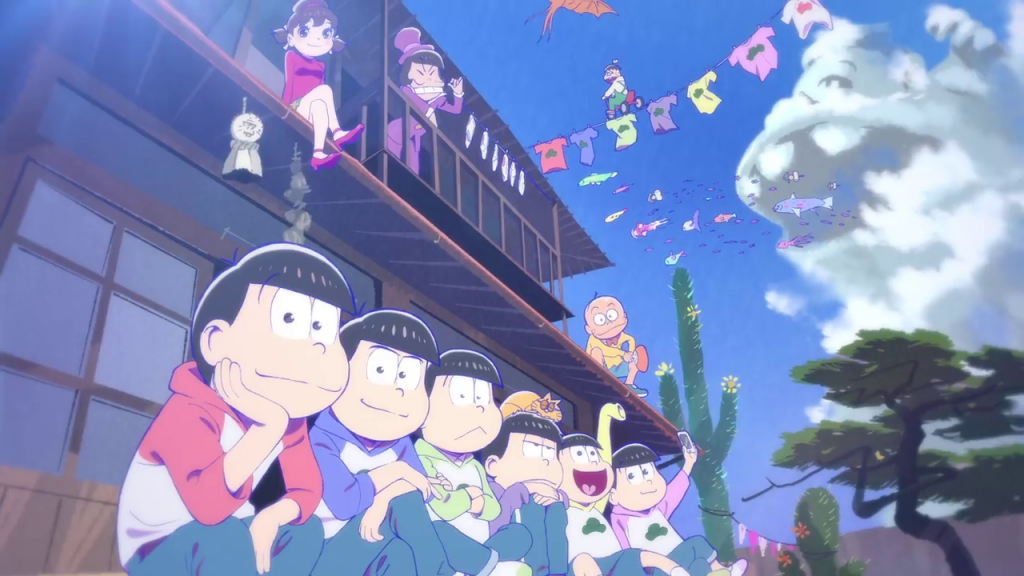
©赤塚不二夫/おそ松さん製作委員会
For anyone who has ever wondered what their favorite characters may be doing in a few years, the recently aired anime Osomatsu-san might give you an idea. It’s been a little over 50 years since the original television series of the show and everyone’s favourite sextuplets are not the cute little 10-year-olds they once were.
Now in their 20s and unemployed, the show immediately connects with a new generation through its unique and over the top comedy. But that’s not all—it also continues to make references to the original series for older viewers. Now, you may be wondering how you’ll be able to tell the practically identical boys apart, but all six of them—Osomatsu, Karamatsu, Choromatsu, Ichimatsu, Jyuushimatsu, and Todomatsu—each has a unique personality and color they associate with.
In terms of look and styling, the anime is undoubtedly unique. As is made very clear to all the viewers from the first episode, the animation team doing Osomatsu-san likes to have fun with their art breaking off-model and exaggerating as far as western animators like the great Chuck Jones in order to really push comedic moments. One more element that sets the animation styling of this anime apart from others is the use of blue lineart as opposed to the usual black. Bring all of these pieces together and the result is a look very far removed from most of the shows coming out of the anime industry today.
In terms of sound and story, the show has a fairly standard openings in the form of ‘Hanamaru Pippi wa Yoiko Dake’ and ‘Zenryoku Batankyuu’ that are both fun to watch and makes wonderful use of our sextuplets in interesting graphic ways. Comedic timing within each episode is fantastic and can err on the side of shows like Gintama. And at the end of each episode, the songs ‘Six Same Faces’ and ‘Six Shame Faces’ make for a funny and great way to end a watch-through.
Atom: The Beginning

©手塚プロダクション・ゆうきまさみ・カサハラテツロー・HERO’S/アトム ザ・ビギニング製作委員会
Known in Japan as Tetsuwan Atom but more familiarly as Astro Boy with the western audience, the source material of this new series is something no thorough discussion of anime and manga history can possibly leave out. From the time it aired as the first locally produced animation series in Japan around 5 decades ago, the series about the adventures of the friendly, humanlike titular robotic boy had spread into all kinds of media, and commands a familiarity that few other titles can match both at home and abroad.
Atom: The Beginning, however, contributes to the Astro Boy universe in a less-than-direct manner, opting to take things a little further up the timeline. The story opens in the days before Astro Boy’s birth, starring the genius student tag team Tenma Umataro and Ochanomizu Hiroshi―the two people who would go on to be Astro Boy’s creator and eventual caretaker. Considered oddballs by colleagues and professors alike at the prestigious Nerima University, where they were studying robotics, they spend much of their time in their run-down lab with a struggling with a unique challenge: Finding out how to create the first robot AI with a sense of autonomy that could equal a human being’s. Their masterpiece-in-progress is a robot called A106, otherwise known just as “Six”. Though equipped with unusually powerful physical abilities reminiscent of Astro Boy’s, Six has something else that sets him apart from the other robots of the era―thanks to the AI that Umataro and Hiroshi developed, he shows the beginnings of the ability to experience human emotions and thoughts. But the promising discovery hits a roadblock as the two see their research funding cut by the university board, which was skeptical about their vision. Not content with letting their dream get cut short by this hurdle, they resolved to secure their own funding by signing up for the upcoming Robot Wrestling competition, where Six would go up against other robots to win the cash prize so that they can continue their research. But there are other parties who have their eyes on Umataro and Hiroshi’s new technology, and they soon discover that they’re about to get involved in something bigger than just a tournament.
While it’s a sequel that doesn’t actually center around Astro Boy, Atom: The Beginning makes up for it by fleshing out the world, people, and background that made his creation possible. It’s a fine chance to see many familiar faces from a different angle for those who grew up with the earlier entries in the franchise, but with its lively action scenes and stellar robotics animation handled by Production I.G., it can be a good show for those who are only looking to kick back with some robot battles as well.

